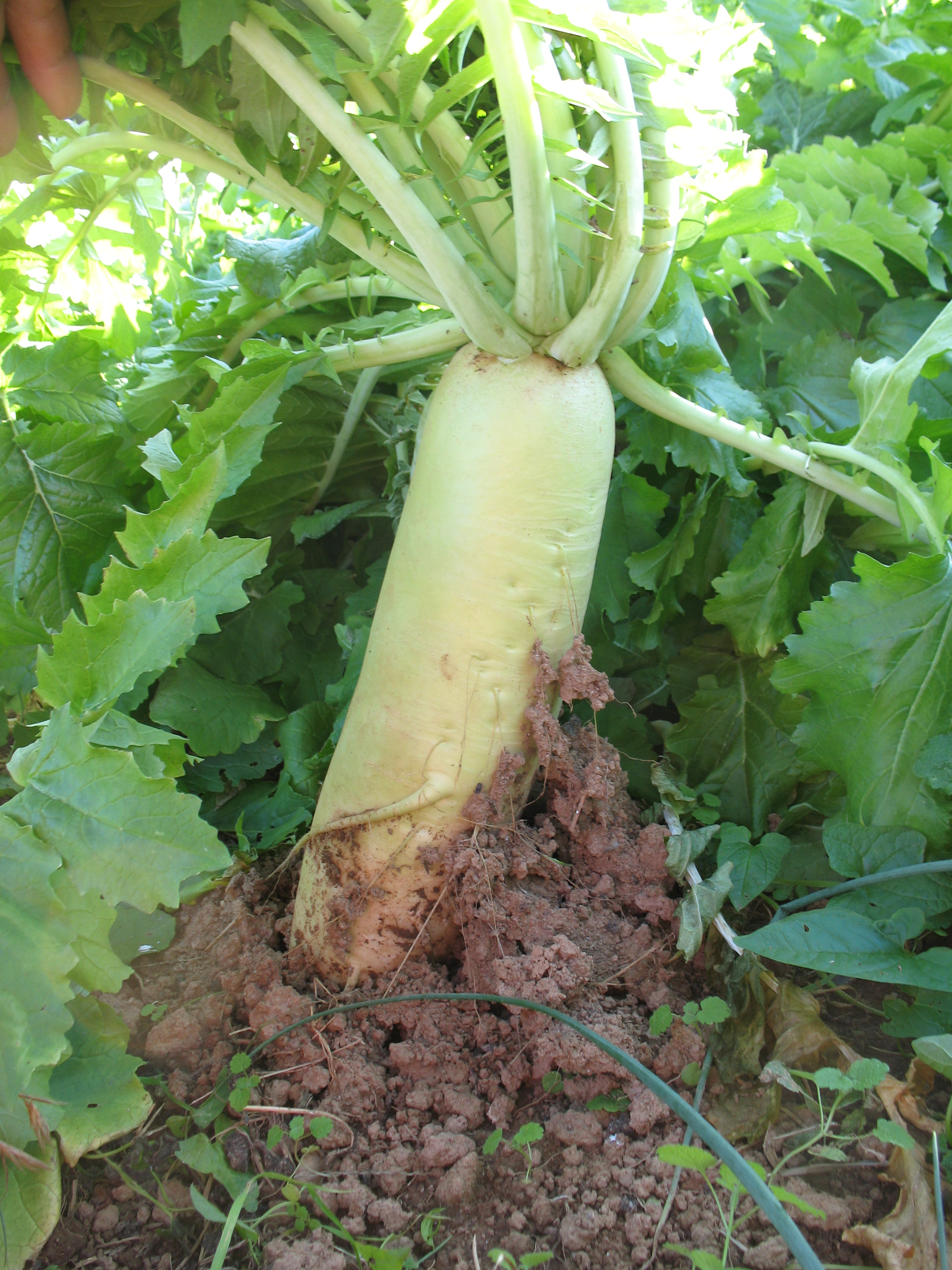


The plants were harvested 10 days later and analysed for gold by atomic absorption spectrometry. The possibility of using these crops for phytomining for gold was determined by separately adding the chelating agents ammonium thiocyanate and ammonium thiosulfate at respective rates of 1 and 2 g/kg to the substrate after a growing period of 9 weeks. To provide useful recommendations to producers, we wanted real data from multiple sites, each of which has varying soil and environmental conditions,” says Junejo.Five root crops (carrot, red beet, onion and two cultivars of radish) were grown in an artificial substrate consisting of 3.8 mg/kg (ppm) of elemental gold dispersed in sand. Getting data from multiple sites on a project like this is critical. Our goal is to provide producers with the reliable information they need to improve on-farm production. In 2022 we will do a workshop about Fusarium assessment in wheat. “Battle River Research Group a field peas root rot disease assessment workshop in 2021. We will also quantify the economic analysis and interaction of the seasonal factors with the amendment application, says Dr. In 2022, we are testing the impact of soil amendments on wheat. We need three more years to validate the data and reach a reliable conclusion. However, sugar beet sludge significantly improved MARA’s grey wooded soil zone. For example, biochar performed most effectively in improving soil pH and yield at the black chernozem soil zone of BRRG. The drought of 2021 did not support the yield increment except for Fort Vermillion (MARA), and the highest yield of MARA was obtained from beetroot sludge amended plots.Įach product is impacted differently in each soil zone. Junejo explained that all research sites recorded a significant increase in soil pH and available N amount in biochar amended plots, followed by beetroot sludge, ag lime, and wood ash. “However, 2021 was a drought year with high temperatures across most of Western Canada. “After a year, we started to gather interesting and valuable findings. The fungicides application and seed treatments were avoided entirely to observe the impact of soil amendments on pea root rot. The first year Meadow peas were seeded on all sites. The selected soil sites were acidic in pH, low in organic matter, and available N. The specific objective of this proposal is to assess and compare the impacts of four commonly known soil amendments applications on root-borne disease, N availability, crop productivity, and economic feasibility. The research was established on sites by Battle River Research Group (BRRG), Gateway Research Organization (GRO), Chinook Applied Research Association (CARA), and Mackenzie Applied Research Association (MARA). The study tested five different soil amendments (biochar, sugar beet sludge, wood ash, and Ag lime) in four soil zones of Alberta. The test crops were field pea and wheat 20, respectively. The project, which ran from 2021 through 2022, was funded by the RDAR and included two growing seasons of data.
#Root cropit trial
It may also help to control root-borne diseases, says Battle River Research Group’s research manager, Nasima Junejo.įour Alberta applied research associations currently collaborate on a multi-site small plot research trial to assess. Using soil amendments that can improve soil pH may enhance soil health and nutrient uptake.


Soil Acidification adversely affects soil health, nutrient availability, and the composition of the root exudates, which attracts soilborne pathogens and causes root-borne diseases such as root rot in different crops.


 0 kommentar(er)
0 kommentar(er)
